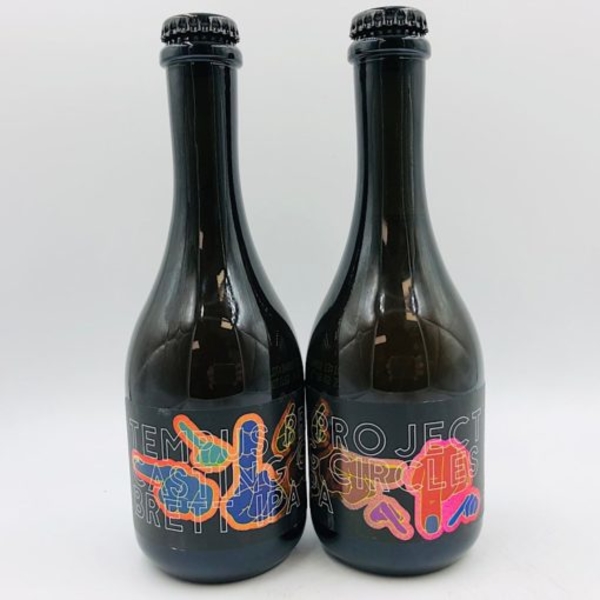The IPA bandwagon goes rolling on
Added: Saturday, May 8th 2021

The India Pale Ale bandwagon gathers pace. Just when you thought there couldn’t be any further variations on the theme, new versions appear to tickle our taste buds.
The beer’s rebirth is one of the wonders of the brewing world. IPA was first brewed early in the 19th century for export to India. Its impact was far reaching, with lager brewers from Europe hurrying to Burton-on-Trent to see how pale beer was made and then fashioning golden lagers in Munich and Vienna.
IPA moved on from India to Australia, New Zealand and North America. But its hey-day was brief. The golden lager it had begat drove it out of the British colonies and massive hikes in beer duty during World War One reduced it to a mockery of itself.
But in recent years, artisan brewers in the United States and Britain have brought IPA back to life, with such success that it’s now brewed in the most surprising places – France, Italy and even China, to name just a few.
Back in Victorian England, IPA was just one beer style, around 7 and 8 per cent alcohol. But modern brewers are restless folk and there are now more interpretations of IPA than you can wave a stick at. With this in mind, when CAMRA set up a Beer Styles Review Group a couple of years ago to overhaul the categories in the Champion Beer of Britain and other competitions, my remit was to bring some sense to British versions and the myriad others, including Double, Imperial, Black, and American West Coast and New England interpretations.
Job done? Not a bit of it. Out of left field, as the Americans say, has come Milkshake IPA. This turns out to be pale ale brewed with the addition of lactose, otherwise known as milk sugar. Lactose is best known as a key ingredient in milk stout. It can’t be fermented by brewer’s yeast and gives a creamy note to beer that I wasn’t sure would work well with heavily hopped IPAs.
I sampled versions from the Bristol Beer Factory and Hophurst in Wigan and found them to be delicious, smooth and slightly sweet but with a good balance of hops. I ticked that box and sat back to relax when Beavertown Brewery in North London came calling with samples of a new IPA brewed with Brettanomyces.
Brett, as it’s known for short, means British fungus and it was discovered in the 18th century when such beers as porter, stout and old ale were matured for months in large oak vessels. Brett is wild yeast that buries deep in wood and however much you wash and shave the insides of the vessels you can’t get rid of it.
It’s best known today as the key wild yeast made to produce the Belgian beers lambic and gueuze. It gives an unmistakable funky, farm yard aroma to beer – brewers call it “horse blanket”. The Beavertown Brett IPA is superb: funky, acidic, with a tart lemon note and wonderfully quenching.
Brettanomyces and IPA are old bed fellows. In 2017, when I was writing my book IPA: a Legend in its Time, the specialist UBREW brewery in South London, which allows home brewers and small craft brewers to try out new recipes on its kit, agreed to make an IPA for my book using an old Bass recipe from the 19th century. It was a simple formula: pale malt, brewing sugar, Fuggles and Goldings hops and a Fuller’s yeast culture.
When the 7.6 per cent beer was finished it was run into an oak cask and left for four months, replicating a sea journey to India. The beer that emerged was amazing: tart, funky, acidic with a lemon tang. In short, it was full of Brett.
At the same time, the historian Ron Pattinson revealed that when Bass made a batch of beer for India the brewery would leave it in wooden casks in the brewery yard for a year before it went off to the sub-continent. Without doubt, the IPAs drunk by the Raj would have been bursting with Brett.
Now, thanks to Beavertown, we’re able to sample an IPA that’s as close as we will probably ever get to the Victorian original.
•First published in What’s Brewing, May 2021.








